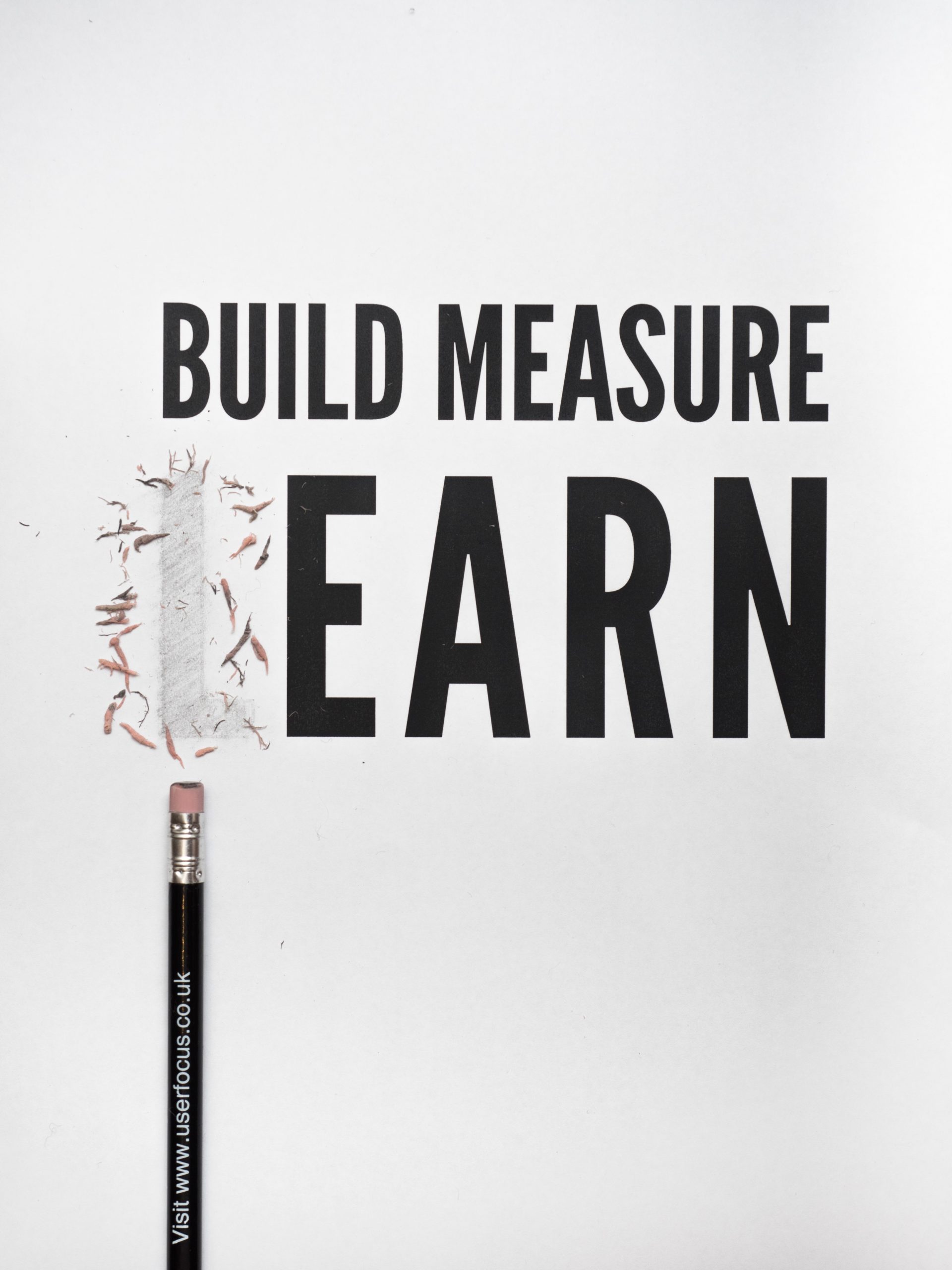This is a guide on implementing lean construction principles for domestic residential builders. Lean construction focuses on maximising efficiency, reducing waste, and improving overall project outcomes. By adopting lean practices, you can enhance productivity, reduce costs, and deliver higher quality homes.
Here’s a step-by-step guide to help you get started:
1. Understand Lean Construction:
- Lean construction emphasises minimising waste, improving workflow, and optimising resources.
- Study lean principles such as value stream mapping, pull planning, and continuous improvement.
2. Establish Clear Objectives:
- Define your project goals, such as reducing project timelines, improving communication, and enhancing customer satisfaction.
3. Foster Collaboration:
- Promote open communication among team members, subcontractors, and stakeholders.
- Encourage collaboration and shared decision-making to identify and solve problems together.
4. Plan Efficiently:
- Implement pull planning, a collaborative scheduling technique, to align tasks and allocate resources effectively.
- Break down project phases into smaller, manageable tasks.
5. Streamline Workflows:
- Identify and eliminate non-value-added tasks or processes that contribute to waste.
- Optimise sequences of tasks to minimise delays and maximize flow.
6. Reduce Waste:
- Identify and eliminate the 8 wastes: defects, overproduction, waiting, non-utilised talent, transportation, inventory, motion, and extra processing.
- Minimise unnecessary inventory and storage to reduce costs and improve space utilisation.
7. Standardise Processes:
- Develop standardised work procedures and guidelines for repetitive tasks.
- Ensure consistency in construction methods to improve quality and efficiency.
8. Continuous Improvement:
- Encourage a culture of continuous improvement among your team members.
- Regularly review and analyse processes to identify areas for enhancement.
9. Embrace Technology:
- Utilise construction management software to track progress, communicate changes, and manage documentation.
- Incorporate Building Information Modeling (BIM) for efficient planning and visualisation.
10. Empower Workers:
- Empower your workforce by involving them in decision-making processes and valuing their insights.
- Provide training to enhance their skills and knowledge.
11. Monitor Key Performance Indicators (KPIs):
- Track KPIs such as cycle time, on-time delivery, cost savings, and customer satisfaction.
- Use data to assess progress and make informed decisions.
12. Prioritise Customer Value:
- Focus on meeting customer needs and expectations by delivering quality homes on time and within budget.
13. Learn from Projects:
- Conduct post-project reviews to identify successes and areas for improvement.
- Apply lessons learned to future projects.
14. Celebrate Successes:
- Recognise and celebrate achievements and improvements to motivate the team and reinforce lean principles.
By implementing lean construction practices, you can transform your domestic residential building projects into efficient, cost-effective, and quality-driven endeavors. Remember that lean construction is an ongoing journey of improvement, and adapting its principles to your specific context will yield long-term benefits for your business and clients.
